Are Your Plants Getting Too Much Light?
Too much of anything can be a problem. Light is no exception, and a thoughtful grower needs to be strategic about the placement and strength of light...
2 min read
Joshua Litton
:
Jun 30, 2023 10:46:49 AM
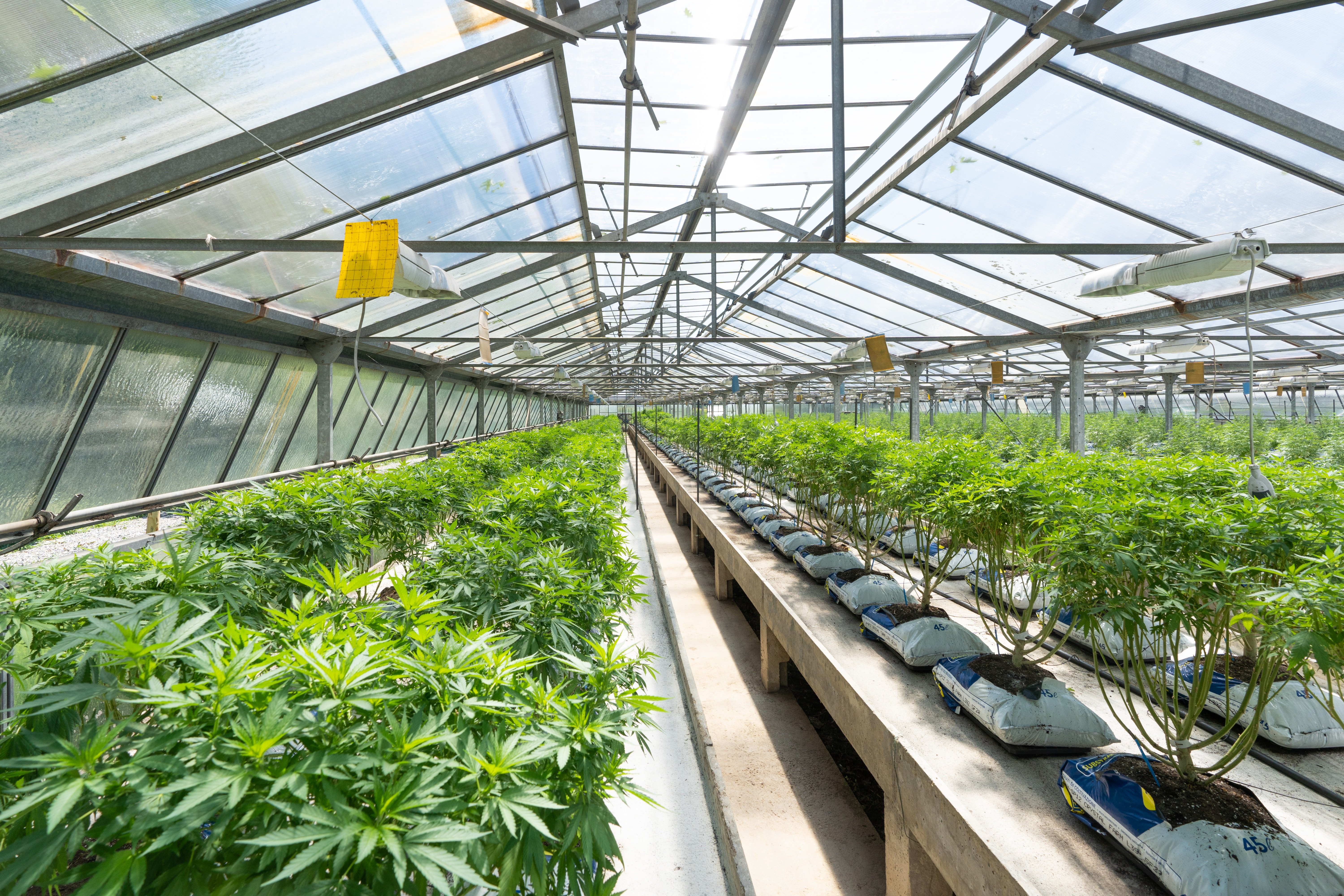
As the world of farming evolves, so does our understanding of how to optimize greenhouse environments for maximum efficiency. One key factor that can make or break your greenhouse operation is light. In this blog post, we will delve into the importance of harnessing the power of the sun and share valuable insights and actionable steps to help you maximize light in your greenhouse. So, let's shed some light on this vital topic!
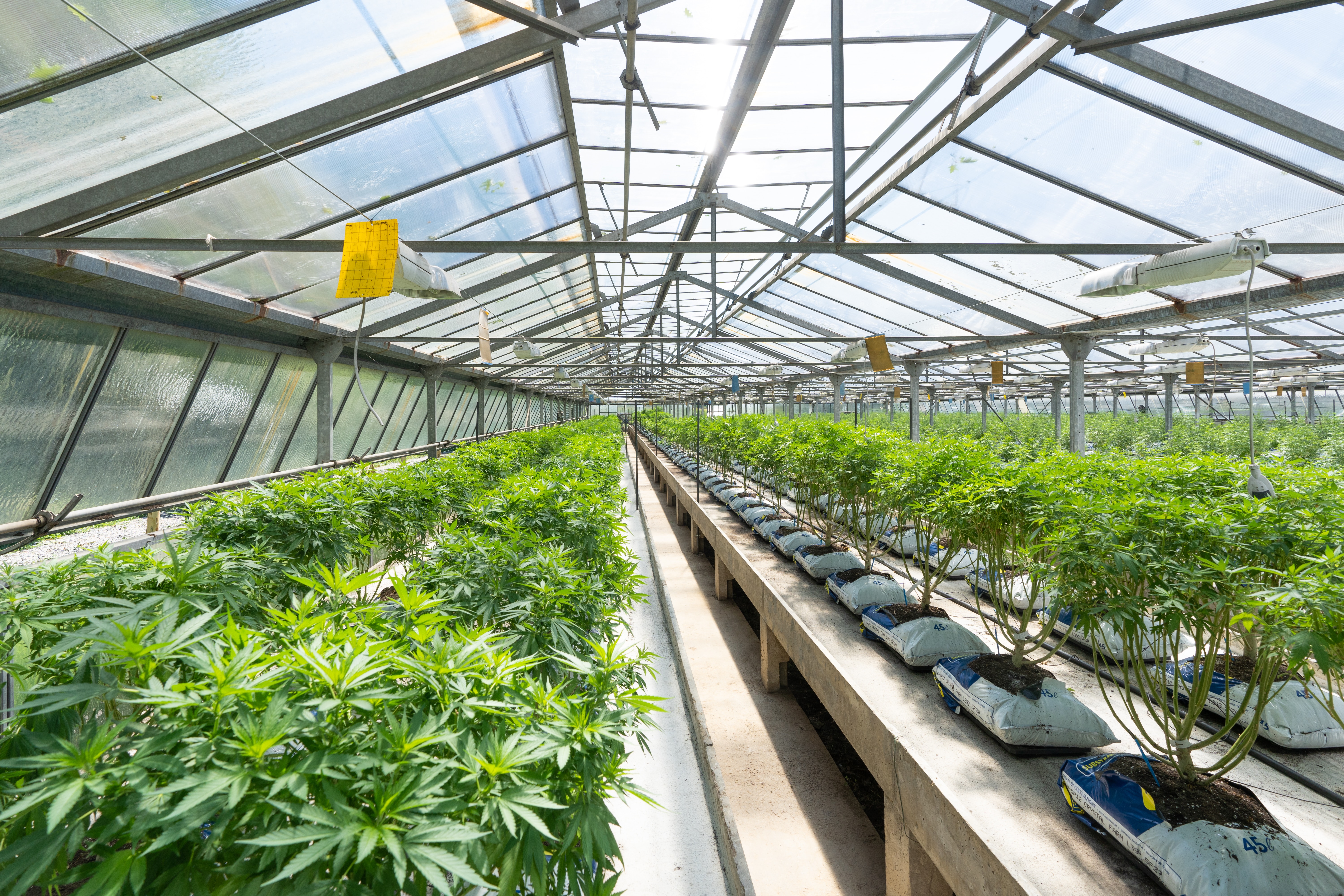
Understanding the Importance of Light
Light is the fuel that powers photosynthesis, the process by which plants convert light energy into chemical energy, enabling them to grow and thrive. As greenhouse growers, it is crucial to provide an environment that ensures plants receive the optimum amount and quality of light. Adequate light exposure directly impacts the plant's growth rate, yield, and quality of the final product.
Sunlight vs. Artificial Lighting: A study conducted by the University of California Cooperative Extension compared the growth of tomatoes in greenhouses using sunlight versus artificial lighting. The results showed that plants grown under natural sunlight had superior growth and yield compared to those grown under artificial lighting. This highlights the significance of harnessing the power of the sun in greenhouse growing.
Light Spectrum Optimization: In a cannabis cultivation case study conducted by a renowned research institution, plants were exposed to different light spectra to determine the optimal spectrum for growth and cannabinoid production. The study concluded that specific light spectra, such as a combination of blue and red wavelengths, led to increased yields and higher cannabinoid content in the harvested buds.
Evaluate Greenhouse Orientation: Ensure your greenhouse is positioned to receive maximum sunlight throughout the day. South-facing orientations generally receive the most sunlight in the Northern Hemisphere, while north-facing orientations work best in the Southern Hemisphere. Minimize obstructions, such as trees or buildings, that could shade your greenhouse.
Utilize Light-Transmitting Materials: Choose greenhouse coverings that allow for high light transmission, such as glass or polycarbonate. Regularly clean the coverings to prevent dust or dirt buildup, which can reduce light penetration.
Optimize Light Distribution: Consider installing light-diffusing materials or shade cloths to ensure even light distribution within the greenhouse. This helps prevent shadows and ensures all plants receive an equal share of light.
Supplemental Lighting: In regions with limited sunlight or during the winter months, supplement natural sunlight with artificial lighting. LED grow lights are energy-efficient and can be tuned to provide the optimal light spectrum for plant growth. Use lighting systems that mimic the intensity and duration of natural sunlight to promote healthy and vigorous plant development.
Pruning and Training: Regularly prune and train your plants to maintain an open canopy structure. This allows for better light penetration and ensures each leaf receives an adequate amount of light. Removing shaded or overcrowded foliage helps redirect energy to the healthier parts of the plant.
By harnessing the power of the sun and optimizing light in your greenhouse, you can significantly enhance the growth, yield, and quality of your crops. Through careful evaluation of greenhouse orientation, utilizing light-transmitting materials, optimizing light distribution, incorporating supplemental lighting, and employing pruning techniques, you can create an environment that empowers your plants to thrive.
Remember, understanding the unique light requirements of your specific crops and continuously adapting your practices based on scientific research and industry insights will help you stay at the forefront of greenhouse growing. Embrace the potential of the sun, and let its radiance guide you towards a successful and prosperous future in greenhouse agriculture.
Happy growing!
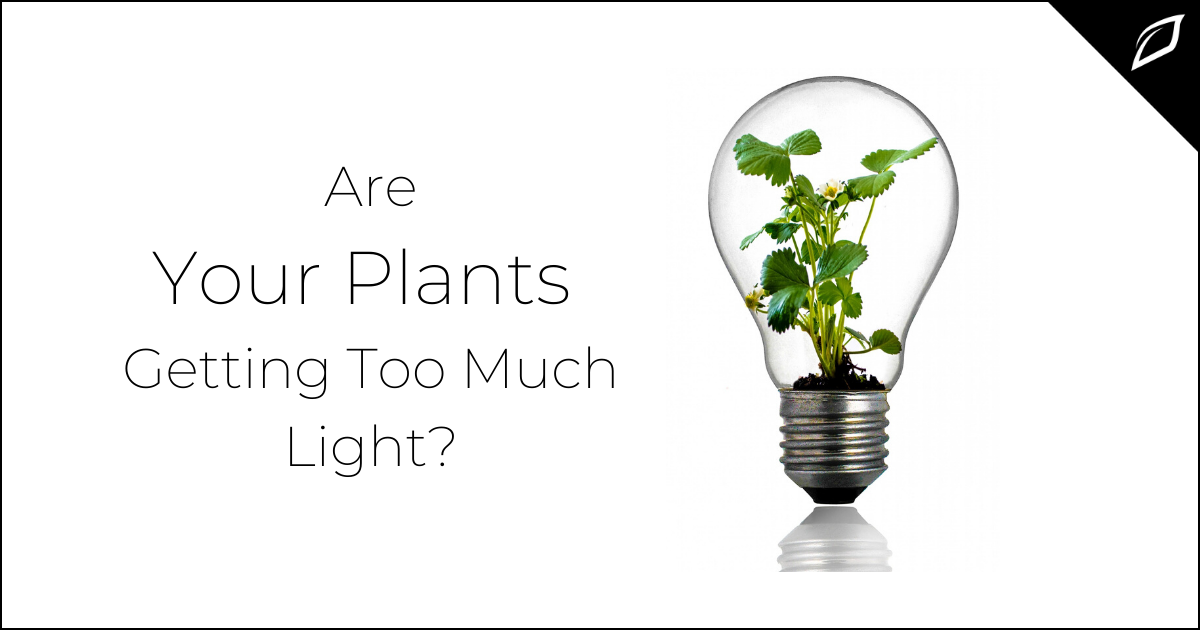
Too much of anything can be a problem. Light is no exception, and a thoughtful grower needs to be strategic about the placement and strength of light...
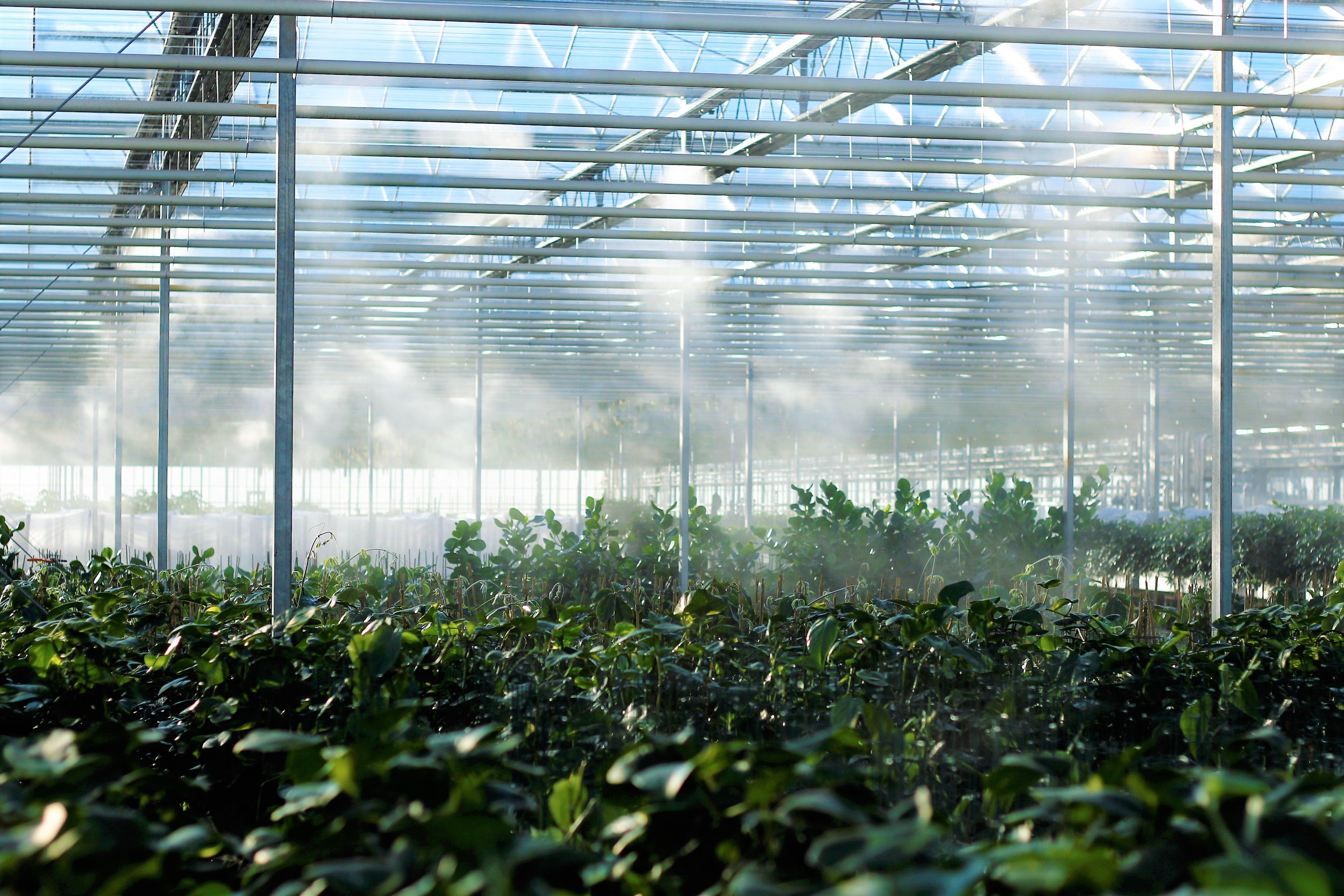
Can Greenhouse Growers Use Growlink?
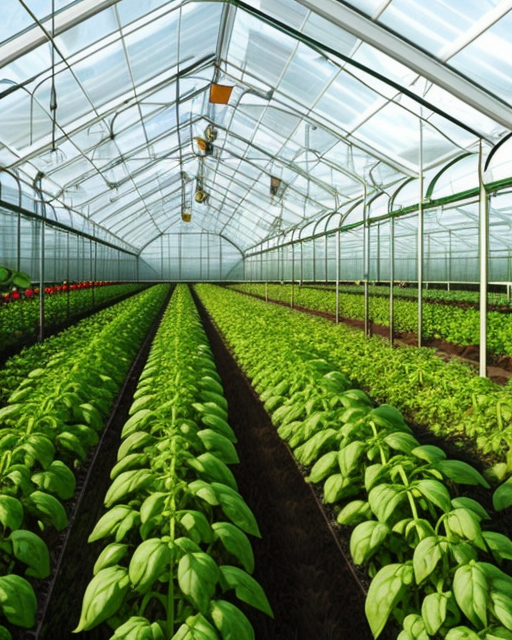
Will AI Replace Farmers?